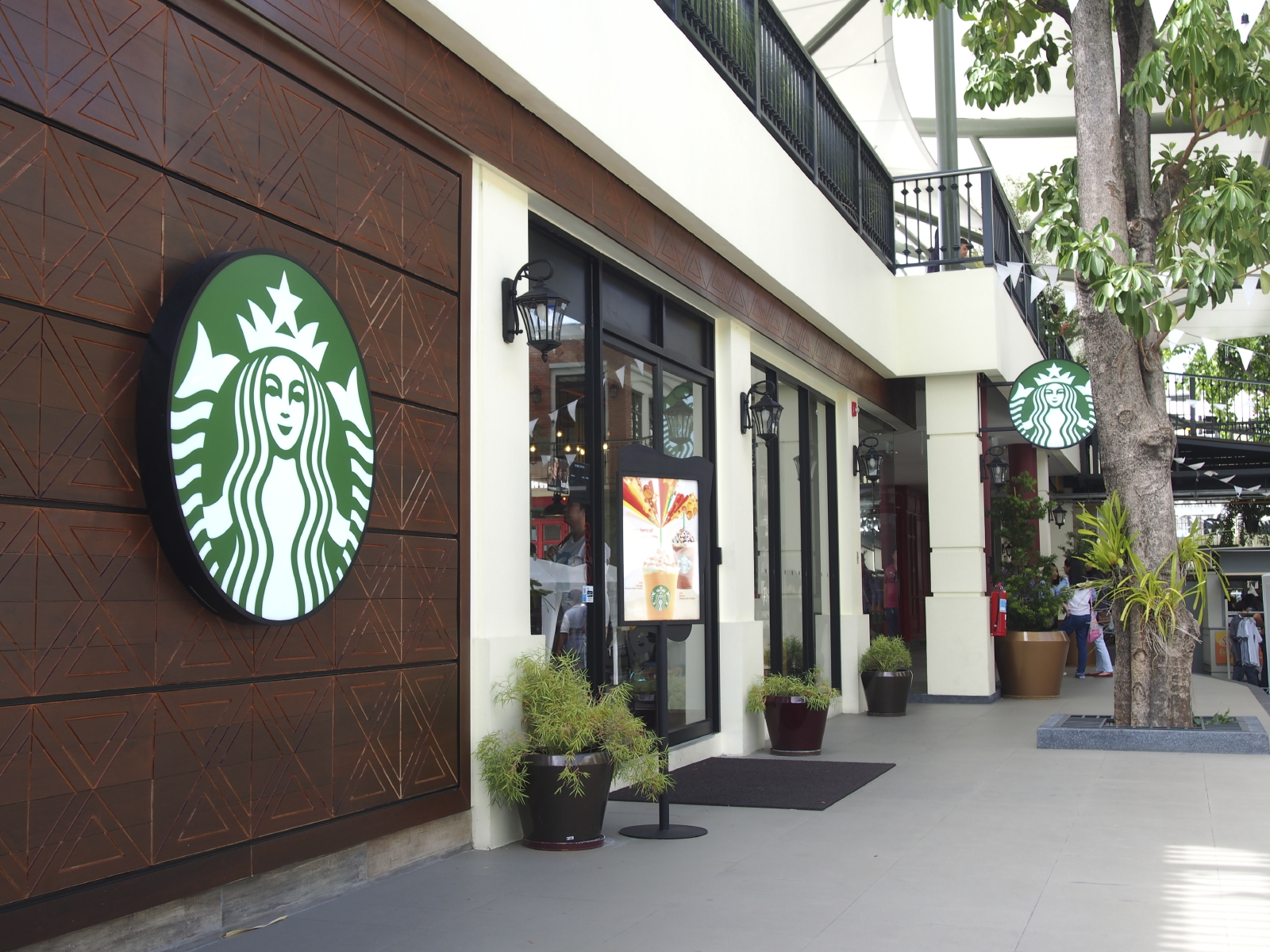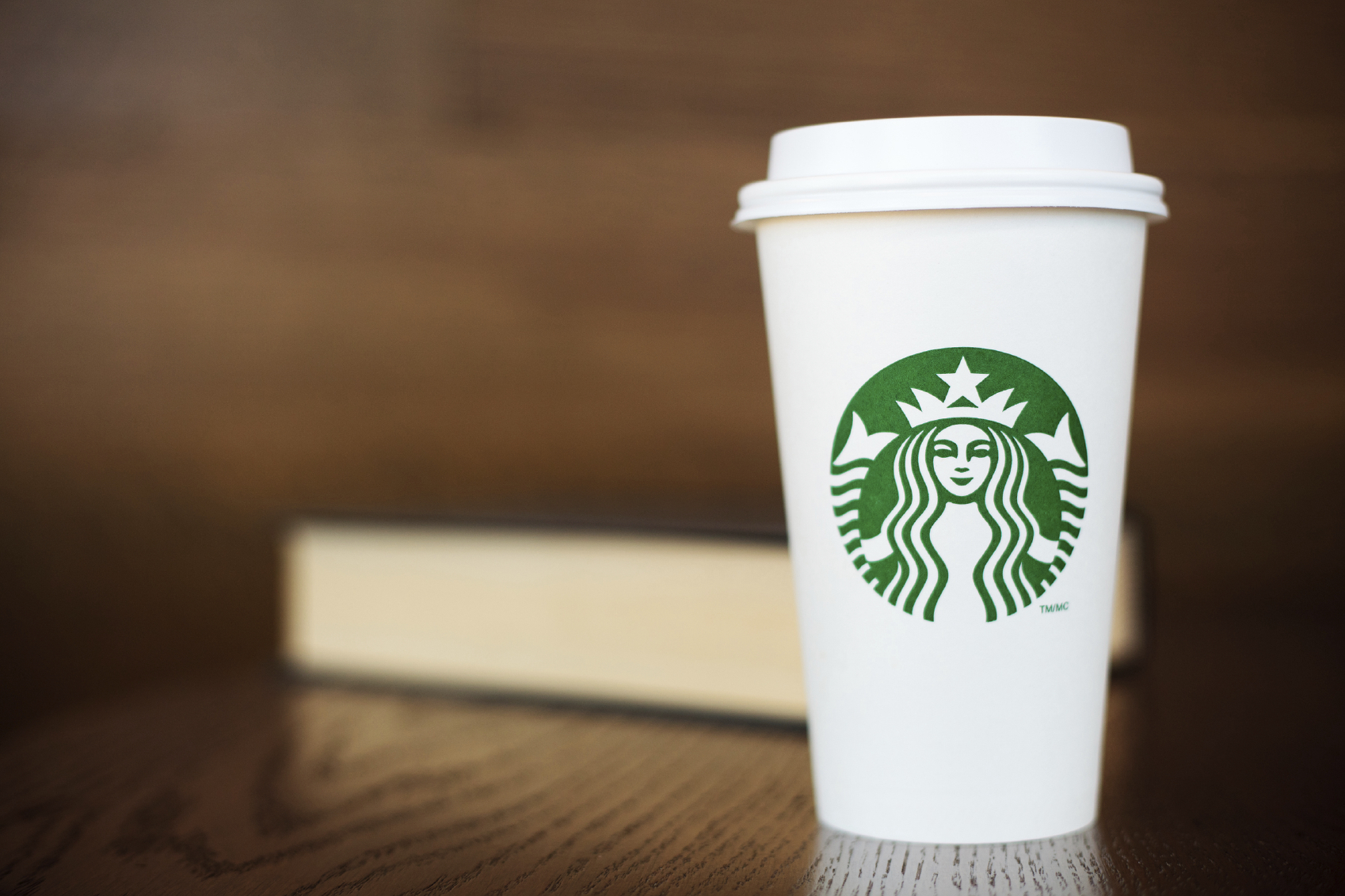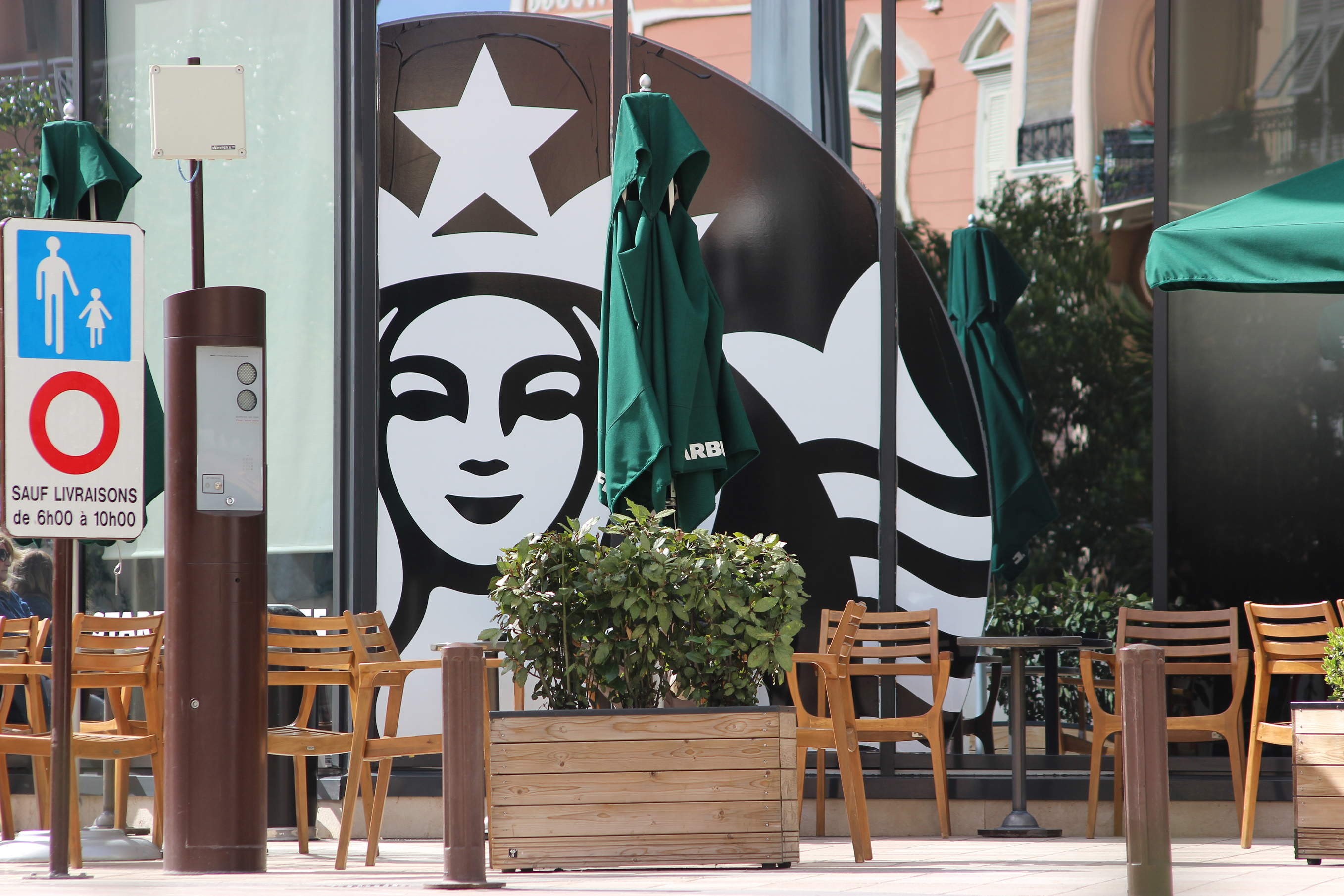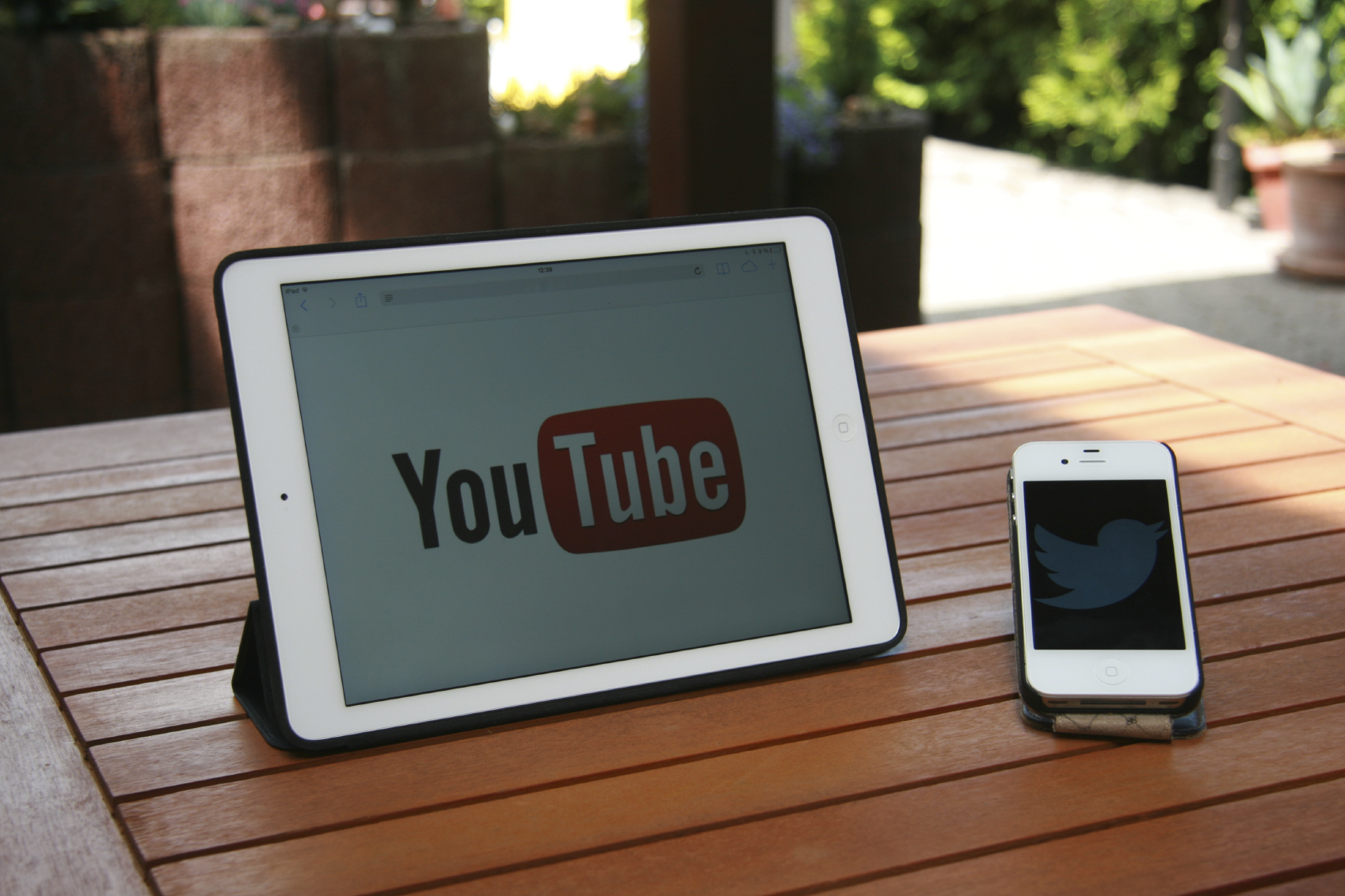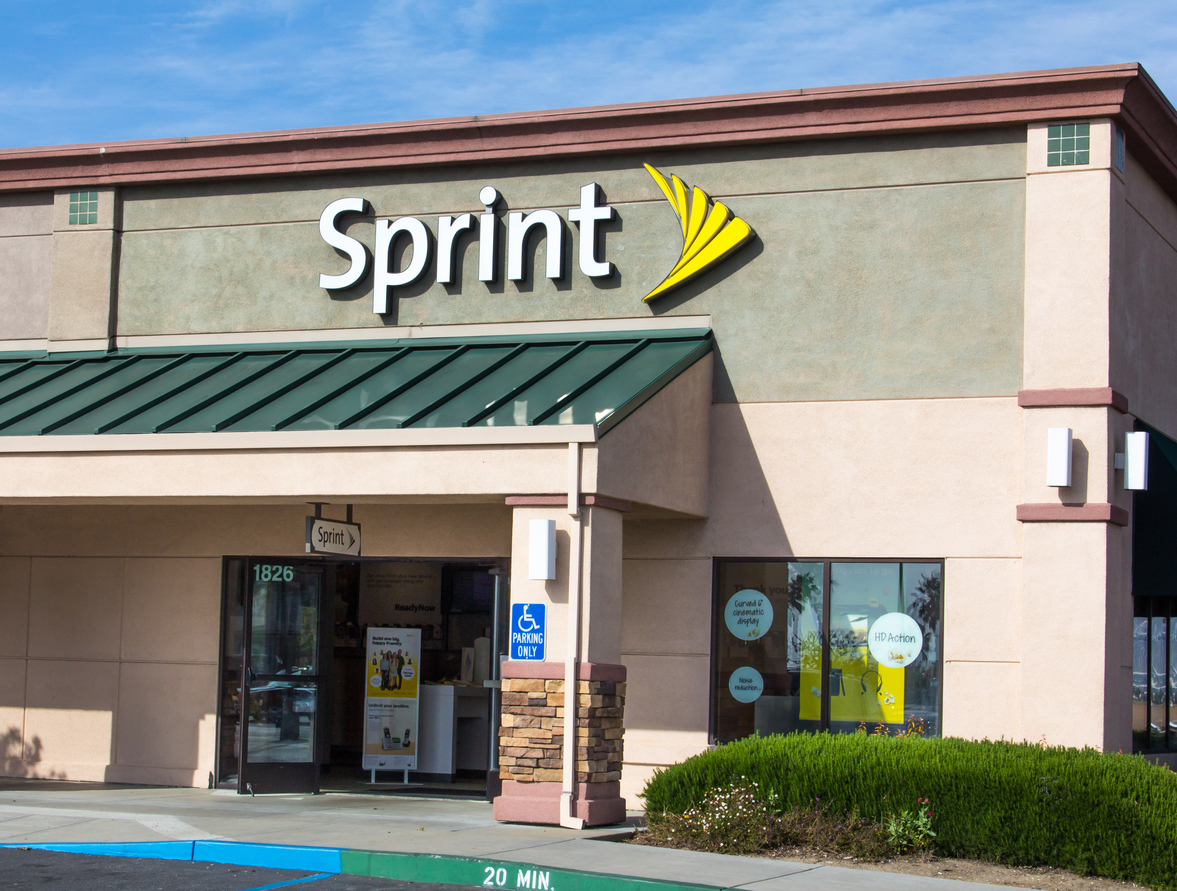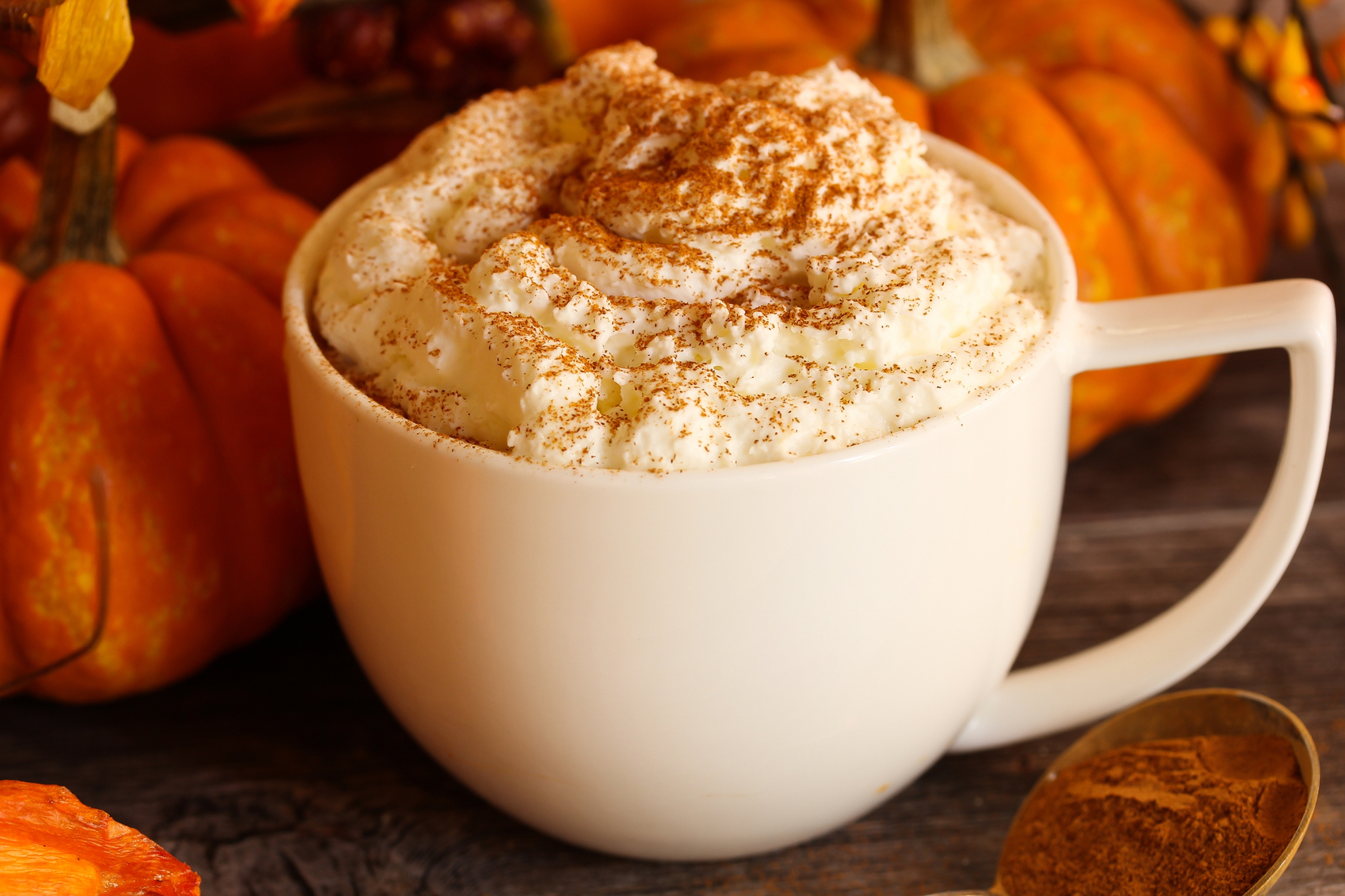What Happened
Starbucks is bringing gifting into your text messages with an updated iOS app released on Tuesday. The Seattle-based global coffee chain added a new “Starbucks Gifts” iMessage applet to its mobile app, allowing users send digital gift cards through Apple’s iMessage and pay for them using Apple Pay. Users can choose from a selection of images that fits the occasions and customize the gifted value for the gift card before completing the purchase with Apple Pay. Then the customized gift card is ready to be sent via iMessage.
In addition, the updated Starbucks app come with a few other improvements, such as enhanced push notifications, a revamped mobile order and pay user experience, and a store locator with new filtering options.
What Brands Need To Do
Previously, early-adopting brands like Dunkin’ Donuts and Coach have also developed iMessage app to expand the reach of their mobile apps into texting, but none has bothered to integrate with Apple Pay for a smooth, frictionless user experience like Starbucks is doing now. The payment integration makes it easy and convenient for users to generate gift cards, while he integration with iMessage. creates a more intimate user experience that lends a personal touch to the gifting process. Together, they make for a great branded gifting experience that helps recruit more customers to use its mobile app and elevates Starbucks’ brand equity, Therefore, brands looking to stay connected with mobile customers should take a cue and develop similar initiatives to explore messaging and conversational environments.
Source: 9to5 Mac
